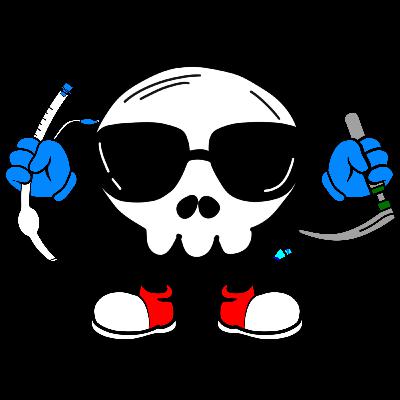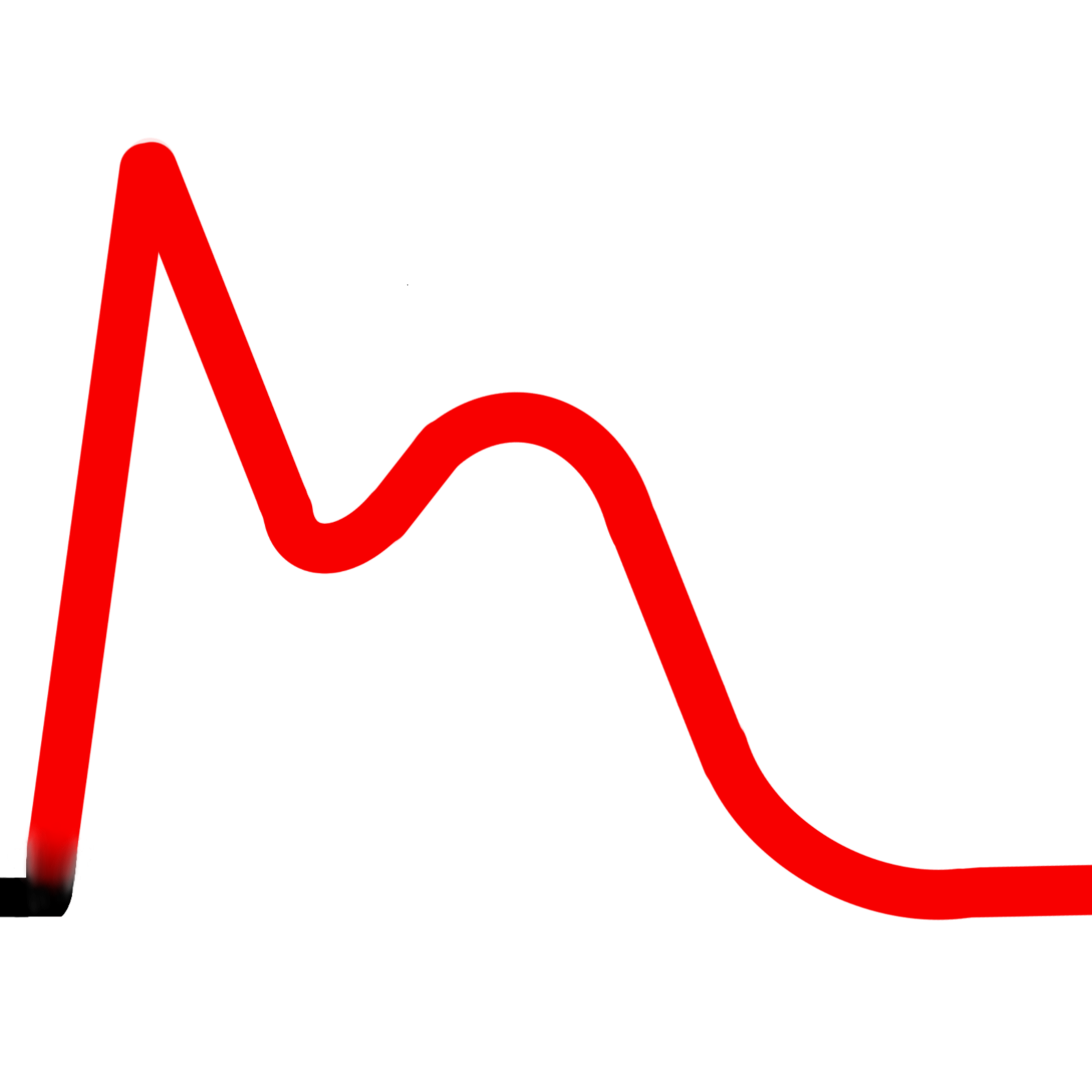
STAT Stitch Deep Dive Podcast Beyond The Bedside
Author: Regular Guy
Subscribed: 0Played: 1Description
*** ATLS UPDATE***
***An Exciting Update. ATLS material will be available real soon! ATLS is for physicians, but if you're a trauma junkie like me you want to know the stuff because you simply love trauma as long as it is not you on the bed in The Bay***
Welcome to STAT Stitch Deep Dive: Beyond the Bedside, the podcast where nursing knowledge, clinical storytelling, and the realities of nursing school collide. Whether you’re a current nursing student, preparing for boards, or a new nurse navigating your first year at the bedside, this show is designed to give you the mix of insight, clarity, and encouragement you need to succeed in both the classroom and the hospital.
Hosted by a trauma nurse and nursing student who’s living the journey alongside you, each episode combines Audio Overviews—broken down into conversational, easy-to-digest lessons—with real-world reflections and practical nursing tips. The goal? To simplify complex concepts and help connect theory to clinical practice.
What You’ll Hear on the Podcast:
Deep Dives into Nursing Content: From pathophysiology to pharmacology, each overview is presented in a way that feels like you’re sitting down with a mentor who explains not just the “what,” but the “why.” These episodes break down intimidating topics into clear, conversational lessons that stick.
Nursing Management Focus:
Every content-heavy episode goes beyond theory to explore how you’ll actually manage a patient at the bedside. If it’s pathophysiology, we’ll dive into the nursing management of those manifestations. If it’s pharmacology, we’ll cover nursing considerations, indications, and patient safety.
Chronicles from Nursing School:
Think of this as a mini audio diary—stories from the trenches of nursing education. From late-night study sessions and clinical rotations to exam wins (and fails), these episodes highlight the challenges, growth, and resilience that every student nurse will relate to.
Practical Nursing Tips:
Every episode closes with a tip you can immediately apply—whether it’s a study hack, a clinical shortcut, or a mindset strategy to stay resilient during stressful shifts.
Why This Podcast?
Because nursing school is hard—and the transition to practice can feel overwhelming. STAT Stitch Deep Dive bridges the gap between theory and bedside, helping you connect what you’re learning in your textbooks to the realities of patient care. You’ll get evidence-based content delivered in a friendly, conversational style that feels more like a study group than a lecture.
Who Should Listen?
Nursing students (ADN, BSN, accelerated, or bridge programs)
Pre-nursing students preparing for the rigors ahead
New graduates in their first year of practice
Nurses preparing for the NCLEX or refreshing their knowledge
Anyone passionate about nursing education, patient safety, and the art of caring beyond the bedside.
This podcast is for anyone searching for nursing school tips, NCLEX prep, clinical practice advice, study hacks for nurses, nursing student motivation, bedside nursing skills, pathophysiology explained, pharmacology made simple, nursing management strategies, and the realities of life as a nurse.
At its core, STAT Stitch Deep Dive: Beyond the Bedside is about stitching together knowledge, experience, and humanity. It’s not just about surviving nursing school—it’s about thriving as a future nurse who can think critically, act compassionately, and manage confidently at the bedside.
So if you’re ready to go beyond memorization, beyond the stress, and beyond the bedside—hit play, subscribe, and join the conversation.
Because in nursing, every detail matters. And here, we stitch them together.







